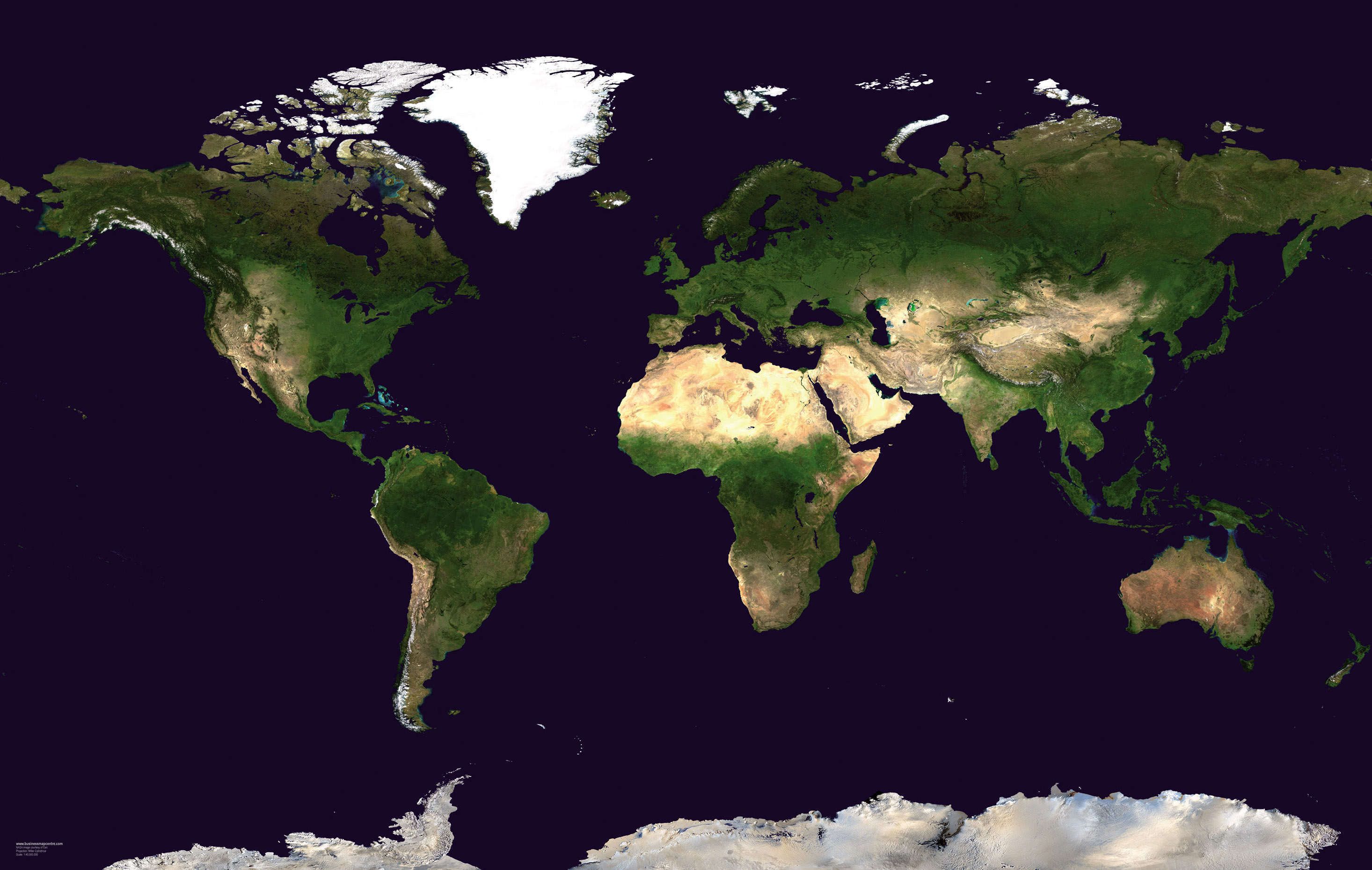Economic Center of Gravity Through History
Tracking the shift of global economic power from ancient civilizations to modern times. Explore how economic dominance has moved across continents and empires throughout human history.
Global Economic Center of Gravity

Historical Timeline
Track the shifting balance of global economic power across continents and time periods. The chart shows the relative share of global GDP by region, revealing how economic dominance has moved from ancient civilizations to modern economic powerhouses.
Economic Power Centers
Ancient Era (2000 BCE - 500 CE)
Asia dominated with advanced agriculture, trade networks, and early civilizations
Medieval Period (500 - 1500 CE)
Europe began its rise through trade, banking, and maritime exploration
Modern Era (1500 - Present)
Americas emerged as economic powerhouses through industrialization and innovation
Key Economic Shifts
2000 BCE
Mesopotamia
Ancient Mesopotamian civilizations dominated through agriculture and trade
1000 BCE
Mediterranean
Greek civilization and Mediterranean trade networks
500 BCE
Persia
Persian Empire and Silk Road beginnings
1 CE
Roman Empire
Height of Roman Empire's economic power
500 CE
Constantinople
Byzantine Empire's trade dominance
1000 CE
Baghdad
Islamic Golden Age
1500 CE
Venice/Ottoman
Renaissance Europe and Ottoman Empire
1700 CE
Western Europe
Early Industrial Revolution
1800 CE
London
British Empire and Industrial Revolution
1900 CE
Atlantic
Rise of American economic power
2000 CE
North Atlantic
American-European economic dominance
2023 CE
East Asia
Shift towards Asian economic power
Historical Analysis
Ancient Period (2000 BCE - 500 BCE)
The economic center began in Mesopotamia with the development of sophisticated agricultural systems and irrigation networks. Sumerian city-states pioneered the first writing systems for trade records and contracts. The rise of Bronze Age civilizations established long-distance trade networks, while innovations like the potter's wheel and metallurgy spurred economic growth. Egyptian and Phoenician maritime trade expanded commercial horizons, while the emergence of standardized weights and measures facilitated regional commerce. The period concluded with the rise of Greek city-states introducing coined money and sophisticated banking practices.
Key Economic Events:
- 3000 BCE: Development of cuneiform writing system for trade records
- 2500 BCE: Construction of the Great Pyramid, demonstrating advanced economic organization
- 2000 BCE: Establishment of the Assyrian merchant colonies
- 1750 BCE: Code of Hammurabi standardizes commercial laws and contracts
- 1200 BCE: Bronze Age collapse disrupts Mediterranean trade networks
- 600 BCE: Introduction of Lydian coins, first standardized currency
Classical Period (500 BCE - 500 CE)
This era saw unprecedented economic integration under major empires. The Roman Empire created a vast economic network with standardized currency, banking systems, and trade laws. The Silk Road emerged as a crucial East-West trade artery, connecting Roman markets with Han Dynasty China. Mediterranean shipping routes became highly developed, with specialized merchant vessels and maritime insurance. The period witnessed significant technological advances in agriculture, including the heavy plow and water mill. Urban centers grew dramatically, with Rome reaching a population of over one million, requiring complex systems of grain distribution and public works.
Key Economic Events:
- 500 BCE: Athens emerges as major Mediterranean trading power
- 330 BCE: Alexander's conquests create vast trading network
- 200 BCE: Han Dynasty establishes Silk Road trade
- 27 BCE: Augustus establishes Roman Imperial economic system
- 100 CE: Peak of Roman trade network spanning three continents
- 300 CE: Roman gold solidus becomes international trade currency
Medieval Period (500 CE - 1500 CE)
The Islamic Golden Age transformed the economic landscape, with Baghdad becoming a global center of trade, science, and innovation. Muslim merchants pioneered new financial instruments like the suftaja (bill of exchange) and partnership arrangements. The Byzantine Empire maintained sophisticated monetary systems and trade networks. In Europe, the rise of feudalism gave way to the Commercial Revolution, with Italian city-states like Venice and Florence pioneering modern banking practices. The Hanseatic League created a powerful northern European trade network. Chinese innovations like paper money and the compass revolutionized commerce, while the Mongol Empire's Pax Mongolica facilitated unprecedented Eurasian trade integration.
Key Economic Events:
- 750 CE: Abbasid Caliphate establishes Baghdad as trade hub
- 1000 CE: Song Dynasty introduces paper money
- 1095 CE: Crusades stimulate European-Middle Eastern trade
- 1200 CE: Formation of Hanseatic League
- 1347 CE: Black Death reshapes European labor markets
- 1450 CE: Medici Bank pioneers modern banking practices
Modern Period (1500 CE - Present)
The age of exploration and colonization shifted economic power to Western Europe, with Portuguese and Spanish maritime empires giving way to Dutch and British dominance. The Industrial Revolution fundamentally transformed production methods, urban development, and global trade patterns. Steam power, mechanization, and later electricity revolutionized manufacturing and transportation. The 19th century saw the rise of industrial capitalism, joint-stock companies, and modern banking systems. The 20th century brought American economic dominance, mass production techniques, and the rise of multinational corporations. The Digital Revolution and globalization have recently shifted economic gravity toward East Asia, with China's economic reforms and technological advancement reshaping global trade. Modern innovations in AI, renewable energy, and digital finance continue to transform the global economic landscape.
Key Economic Events:
- 1494: Double-entry bookkeeping system published
- 1602: Dutch East India Company creates first stock market
- 1776: Industrial Revolution begins in Britain
- 1844: Telegraph revolutionizes financial communications
- 1914: Federal Reserve System established
- 1944: Bretton Woods establishes post-war monetary system
- 1971: End of gold standard
- 1978: China begins market reforms
- 1994: Launch of World Wide Web
- 2008: Global Financial Crisis
- 2020: Digital acceleration due to global pandemic
Methodology Note
This visualization is based on historical economic data and research from various academic sources. GDP shares are approximated for ancient periods where exact data is unavailable. Modern period data (1500 CE onwards) is derived from economic historians' estimates and World Bank data.